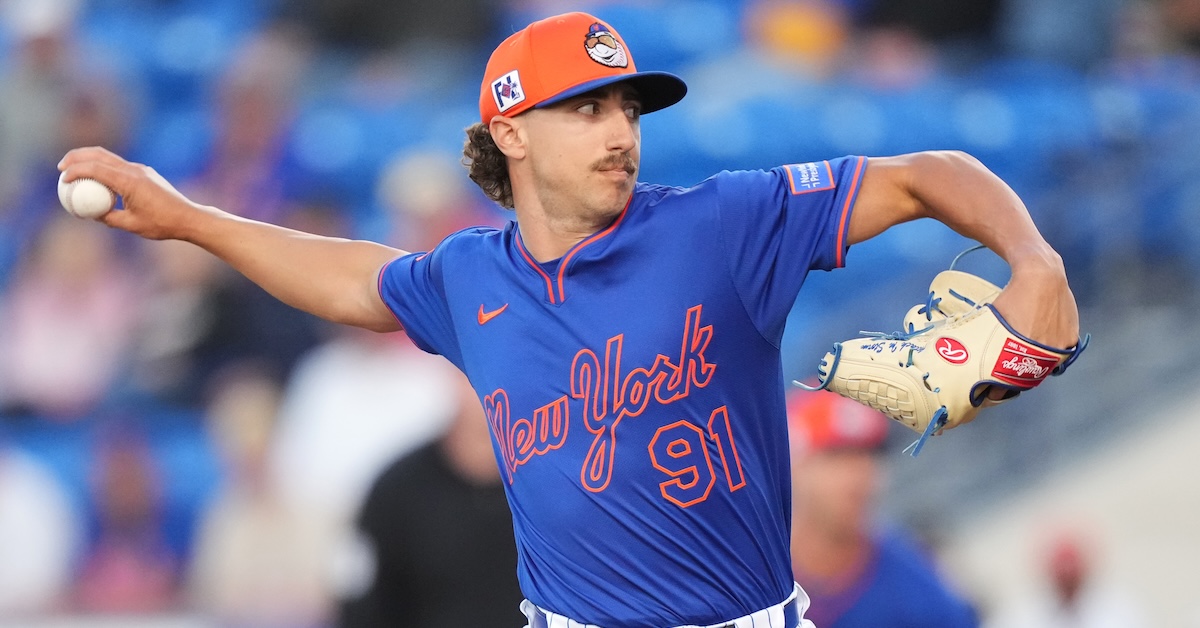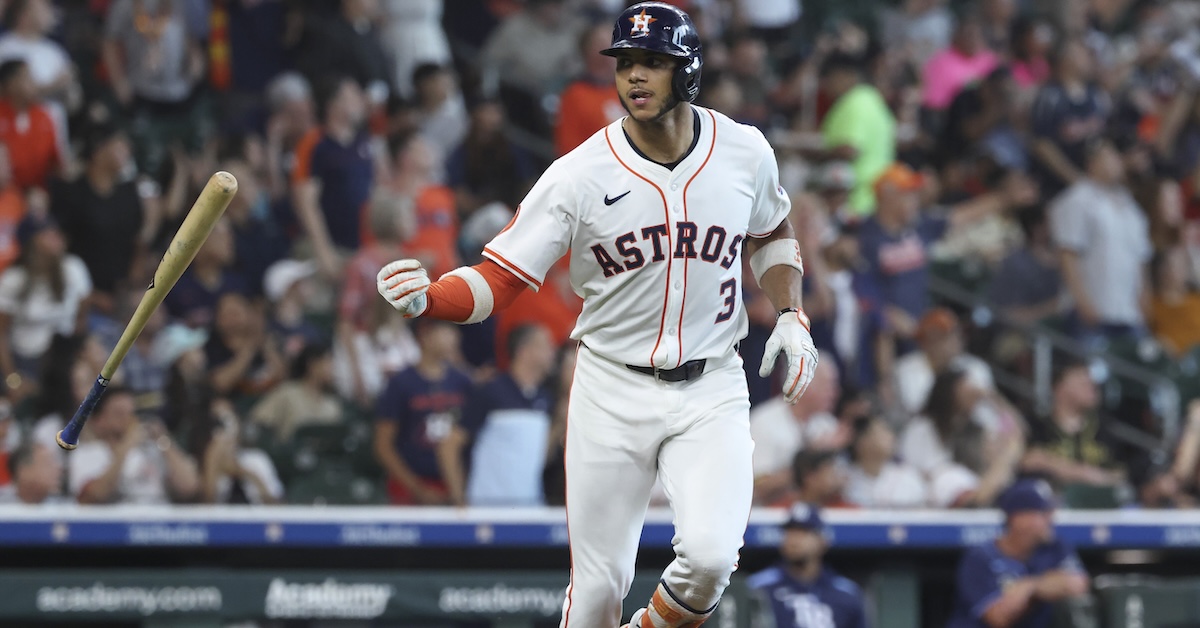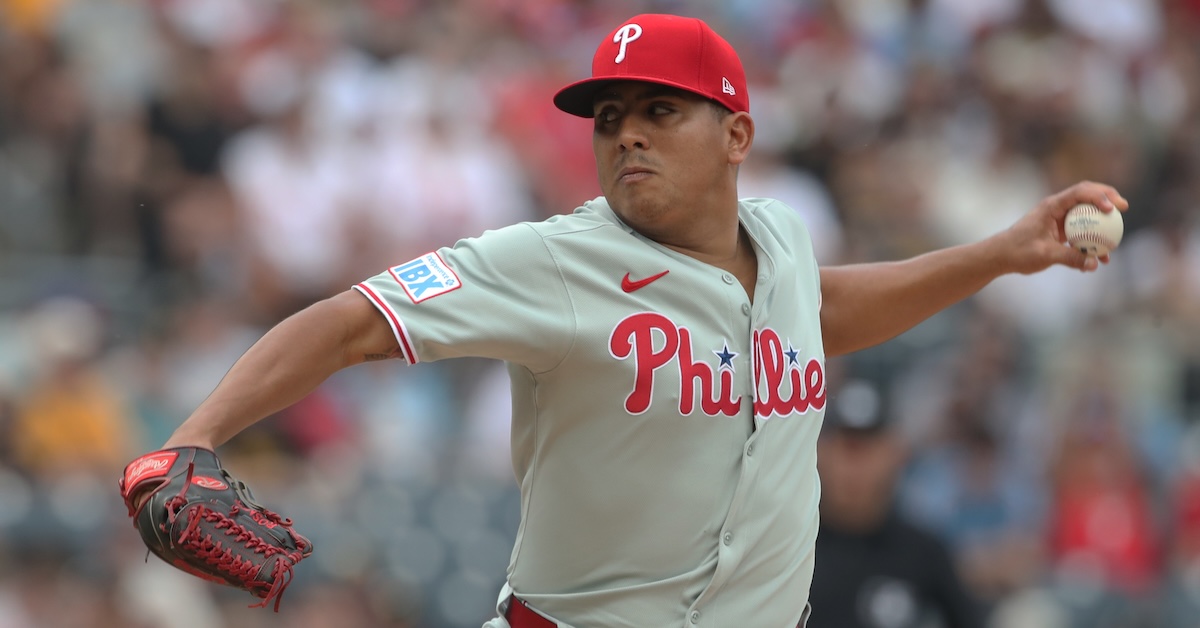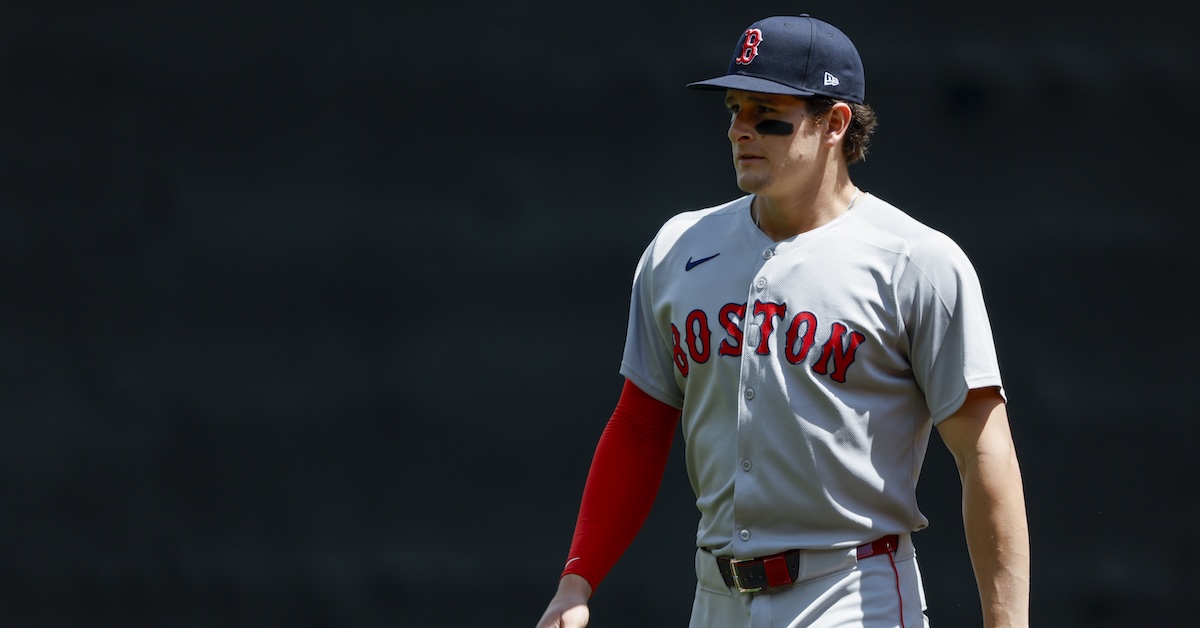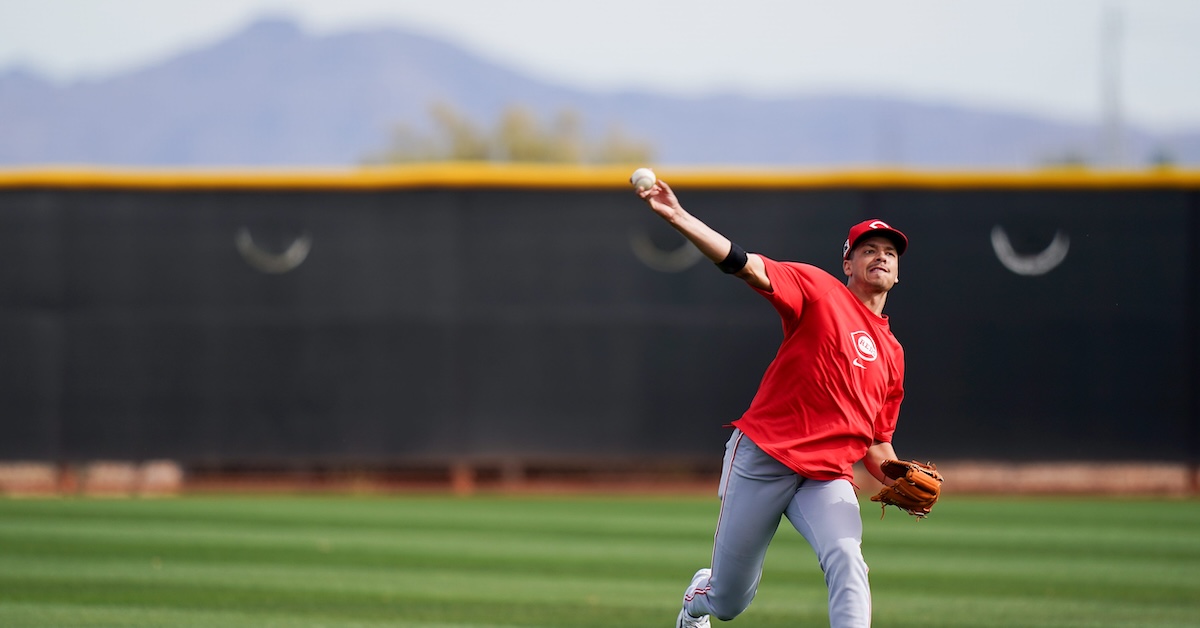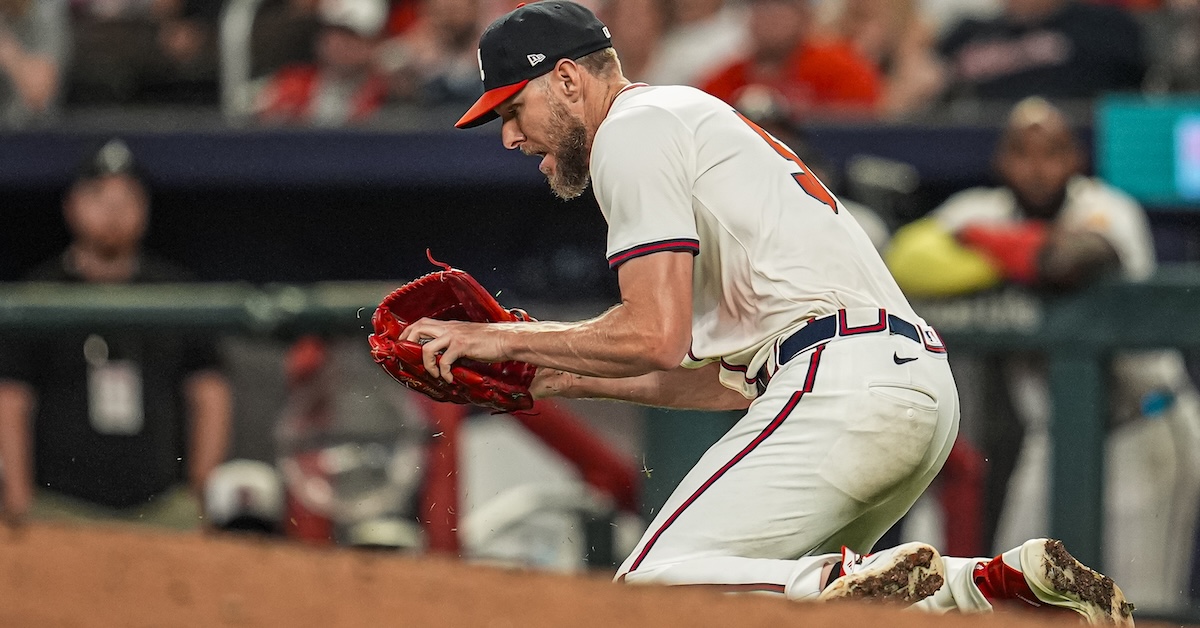Remembering “The Cobra,” Dave Parker (1951-2025)

Last December, 33 years after he last played, Dave Parker was finally elected to the National Baseball Hall of Fame. The lefty-swinging, righty-throwing “Cobra” had once been regarded as the game’s best all-around player, a 6-foot-5, 230-pound slugger who could hit for power and average, had plenty of speed as well as a strong and accurate throwing arm, and exuded as much charisma and swagger as any player of his era. But injuries, cocaine use, and poor conditioning curtailed his prime, and while he rebounded to complete a lengthy and successful career, in 15 years on the writers’ ballots, he’d never drawn even one-third of the support needed for election. He hadn’t come close in three tries on Era Committee ballots, either, but buoyed by the positive attention he had generated while waging a very public battle with Parkinson’s Disease, and backed by a favorable mix of familiar faces on the Contemporary Baseball Era Committee, he finally gained entry to the Hall, alongside the late Dick Allen.
Unfortunately, Parker did not live to deliver the speech he said he’d been holding for 15 years. Just shy of one month from the day he was to be inducted into the Hall of Fame, he passed away at age 74 due to complications from Parkinson’s Disease, which he was diagnosed with in 2012.
Parker is the third Hall of Famer to die between election and induction. Eppa Rixey, a lefty who pitched in the National League from 1912 to ’33, was elected by the Veterans Committee on January 27, 1963. He died one month and one day later, at the age of 71. Leon Day, a righty who starred in the Negro Leagues from 1934 to ’46, and later played in Mexico and in the affiliated minor leagues, was elected by the Veterans Committee on March 7, 1995. He died six days later, at the age of 78. Read the rest of this entry »

